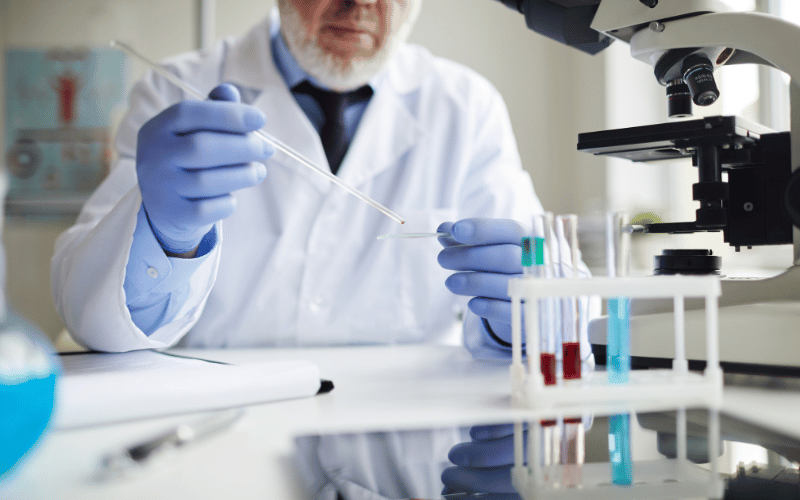Fact 3. Decoding the Diagnosis: Tests for Cardiomyopathy

Detecting cardiomyopathy involves a combination of tests. These tests aim to evaluate the heart’s structure and function, aiding in the accurate diagnosis and staging of the disease. From blood tests and imaging studies to biopsies, each test serves a crucial role in understanding this condition. Early diagnosis can significantly impact the disease’s management, potentially averting severe consequences.
Blood tests are a foundational tool in diagnosing cardiomyopathy. They can help identify potential causes, such as thyroid disease or genetic disorders, that could contribute to the condition. Additionally, blood tests can assess kidney function and detect biomarkers indicative of heart damage, providing valuable information about the heart’s status.
Chest X-rays are another commonly used diagnostic tool. They allow physicians to visualize the heart and surrounding structures, identifying any anomalies in size or shape. An enlarged heart, for instance, could signal the presence of dilated cardiomyopathy.
Further insight into the heart’s workings can be obtained via an echocardiogram. This non-invasive procedure uses sound waves to generate real-time images of the heart, assessing its size, shape, and motion. It’s particularly useful in detecting abnormal heart muscle thickness, a key sign of hypertrophic cardiomyopathy.
An electrocardiogram, often abbreviated as ECG, records the heart’s electrical activity. It can detect irregular heart rhythms or arrhythmias, commonly associated with various forms of cardiomyopathy. Notably, an ECG can also reveal signs of previous heart attacks, which can sometimes lead to cardiomyopathy. Also medical experts can use for the diagnosis of cardiomyopathyan a magnetic resonance imaging (MRI). (3)